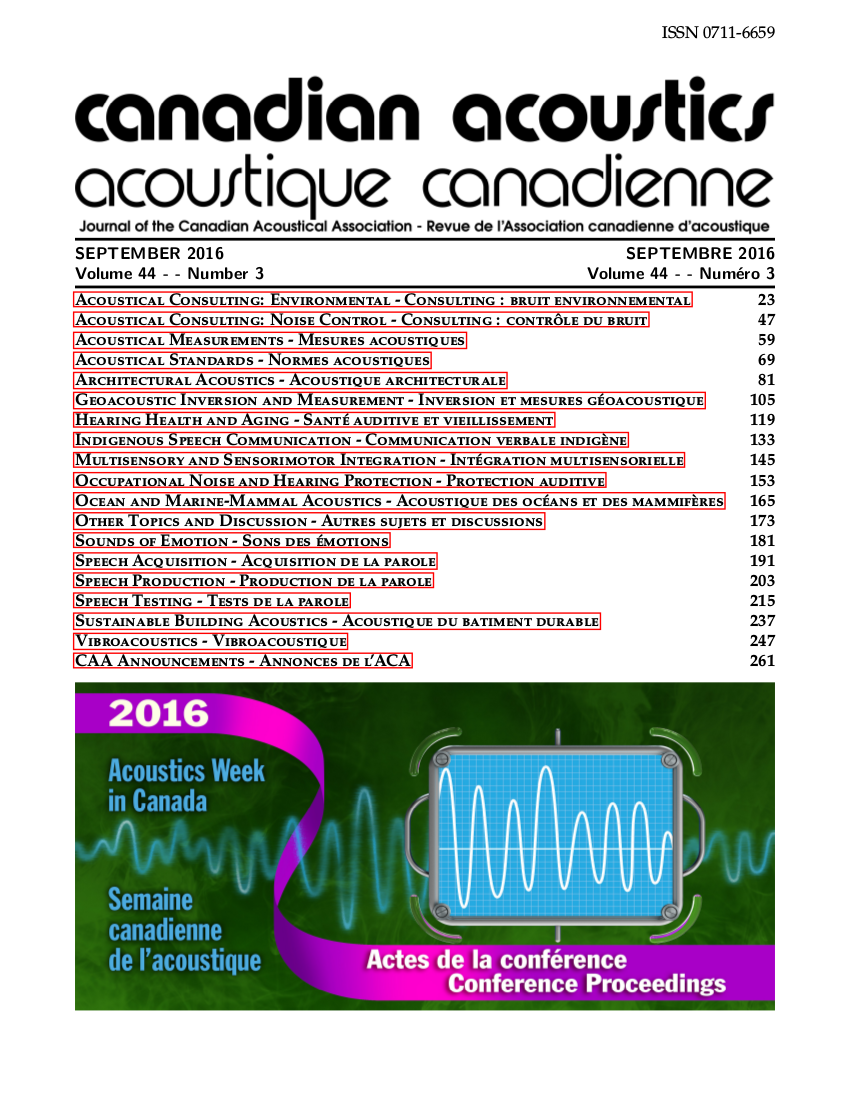Effects of Traffic Density on Measured Sound Levels – A Case Study
Résumé
In road noise prediction algorithms/models, it is commonly accepted that the sound emission from a road segment (the cumulative sound output from a stream of moving vehicles) increases at a rate of 3 decibels for each doubling in the number of vehicles passing the measurement point within a given period of time. In essence, this corresponds to a doubling of the emitted sound energy for a doubling in the vehicle count. This relationship is intuitively correct and has been proven accurate for various road noise models in use today. This results in a daily sound emission pattern which typically peaks during the busiest hours of the day (morning and afternoon “rush” hours) and is lower during those hours for which traffic is reduced.
However, consider the resultant daily sound emission pattern when the vehicular density commonly exceeds the critical density for a given roadway. By way of case study, this paper examines a 72-hour measurement window at receptor points adjacent to the Don Valley Parkway in the City of Toronto – a roadway which commonly exceeds the critical vehicular density. The study examines the true daily sound emission pattern for this specific traffic scenario.Fichiers supplémentaires
Publié-e
Comment citer
Numéro
Rubrique
Licence
Author Licensing Addendum
This Licensing Addendum ("Addendum") is entered into between the undersigned Author(s) and Canadian Acoustics journal published by the Canadian Acoustical Association (hereinafter referred to as the "Publisher"). The Author(s) and the Publisher agree as follows:
-
Retained Rights: The Author(s) retain(s) the following rights:
- The right to reproduce, distribute, and publicly display the Work on the Author's personal website or the website of the Author's institution.
- The right to use the Work in the Author's teaching activities and presentations.
- The right to include the Work in a compilation for the Author's personal use, not for sale.
-
Grant of License: The Author(s) grant(s) to the Publisher a worldwide exclusive license to publish, reproduce, distribute, and display the Work in Canadian Acoustics and any other formats and media deemed appropriate by the Publisher.
-
Attribution: The Publisher agrees to include proper attribution to the Author(s) in all publications and reproductions of the Work.
-
No Conflict: This Addendum is intended to be in harmony with, and not in conflict with, the terms and conditions of the original agreement entered into between the Author(s) and the Publisher.
-
Copyright Clause: Copyright on articles is held by the Author(s). The corresponding Author has the right to grant on behalf of all Authors and does grant on behalf of all Authors, a worldwide exclusive license to the Publisher and its licensees in perpetuity, in all forms, formats, and media (whether known now or created in the future), including but not limited to the rights to publish, reproduce, distribute, display, store, translate, create adaptations, reprints, include within collections, and create summaries, extracts, and/or abstracts of the Contribution.


